Sony 100mm f/2.8 Macro G Master Review: Close to Perfect
Sony was one of the first major manufacturers to switch from DSLRs to mirrorless cameras and subsequently rushed to bring out a line of dedicated lenses for what was then the new E-mount. To be completely honest, some of these lenses were less than stellar, but nonetheless had to carry the line for many years.
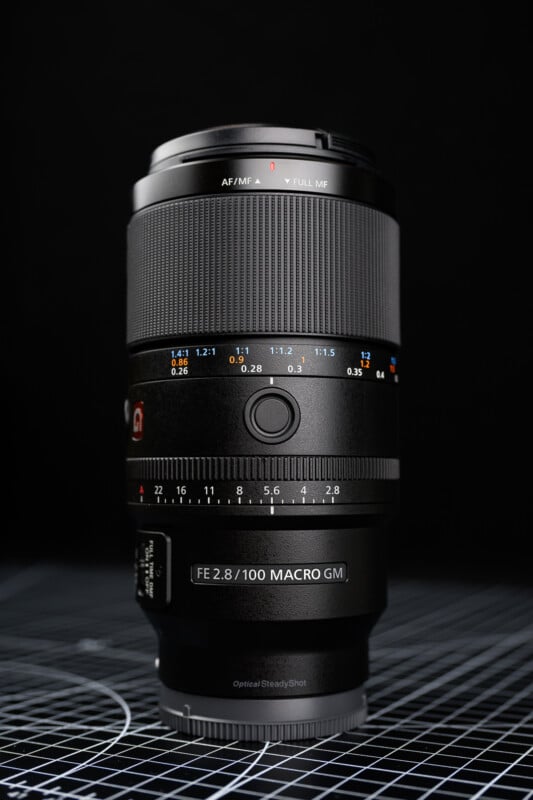
With this in mind (or so it appears, at least), Sony recently launched a major campaign to replace its aging lenses with vastly superior modern optics. When it comes to dedicated macro lenses, Sony has waited 10 years, but now the wait is over. The new 100mm f/2.8 Macro is here, and unlike its predecessor, the 90mm f/2.8 Macro G, this new version carries the prestigious G Master label, albeit with a $1,500 asking price.

I should say that the 90mm f/2.8 Macro G was always an excellent performer, which is probably why it has held the front for so long. Sony will likely not be treating the 100mm as a replacement either, but rather offer the new G-Master as a more feature-rich alternative. But do we really need another macro lens, and are the added features worth the extra cost?
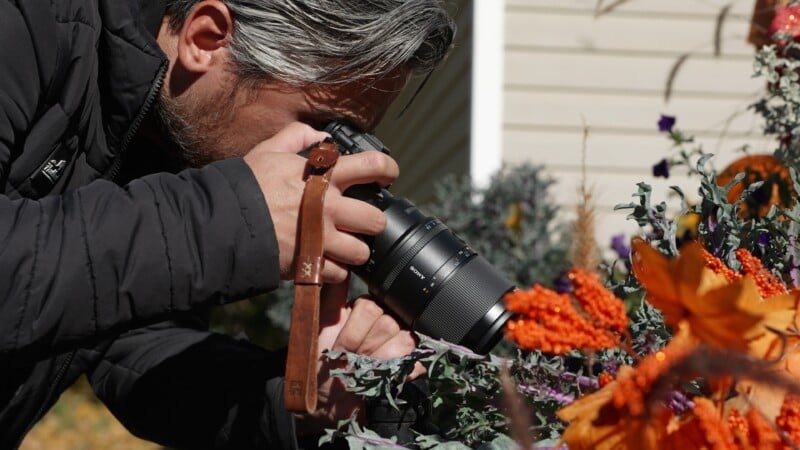
Sony 100mm f/2.8 Macro G Master Review: How It Feels
The new G-Master is a fairly compact 22.8 ounces (646 grams) and takes 67mm filters. The manual focus ring is generous in size and easy to use. More importantly, it has a push/pull focus clutch, which allows for quick and intuitive manual focusing at any time. This focusing also works in a linear fashion, and I found it to be extremely helpful for macro work.
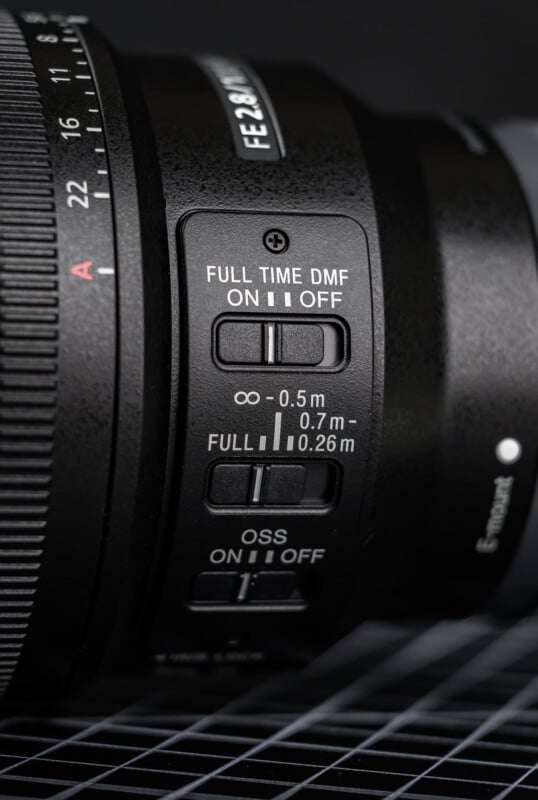
There are customizable buttons around the barrel, and an aperture ring that can be set for both click-stop or smooth rotation. There are a whole host of switches as well, which control AF/MF, focus limiter, image stabilization, and an iris lock. Being a G-Master lens comes with the benefit of weather-sealing and ruggedness, which are brought up to a higher level of protection.
With all this in mind, the 100mm Macro certainly feels like a high-end professional tool in the hand.
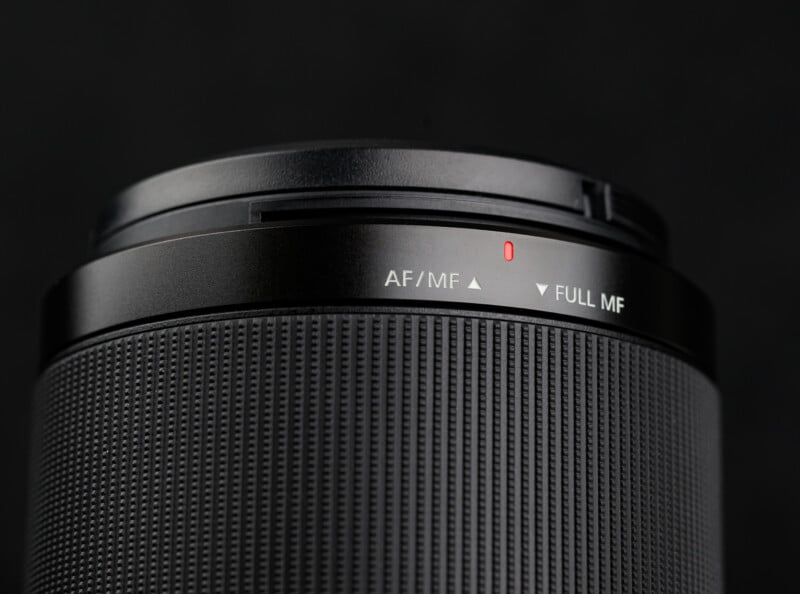
Sony 100mm f/2.8 Macro G Master Review: How it Shoots
I want to leave the best feature for last, so let’s start off with flare resistance on the new macro. This lens does tend to exhibit some flare, with a little softening of contrast and ghosting present at wider apertures. It was never egregious, but you definitely see some issues when shooting towards bright light sources. This should not often be an issue for more controlled macro situations, though.
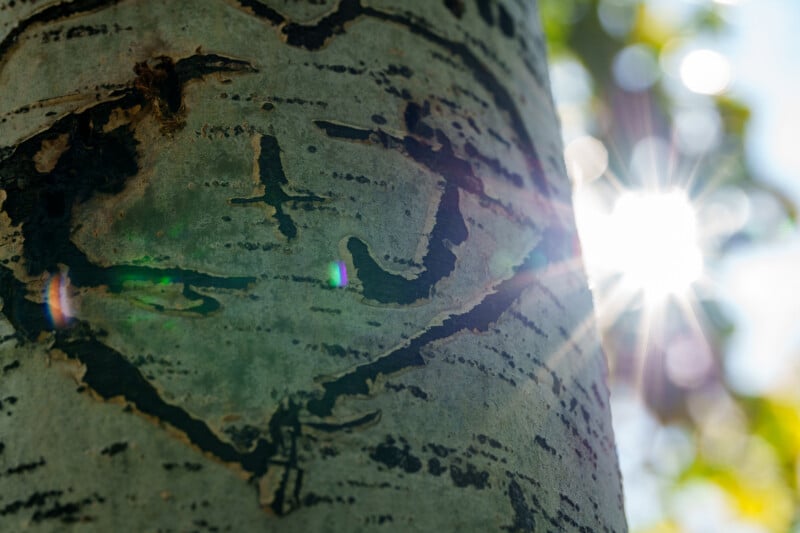
![]()
![]()
The lens is free of longitudinal chromatic aberrations, or LoCA, which is a very good thing because color fringing in the out-of-focus areas is quite common on many macro lenses. Given that macro shots are often taken with the shallowest examples of depth of field, the lack of LoCA is confidence-inspiring.
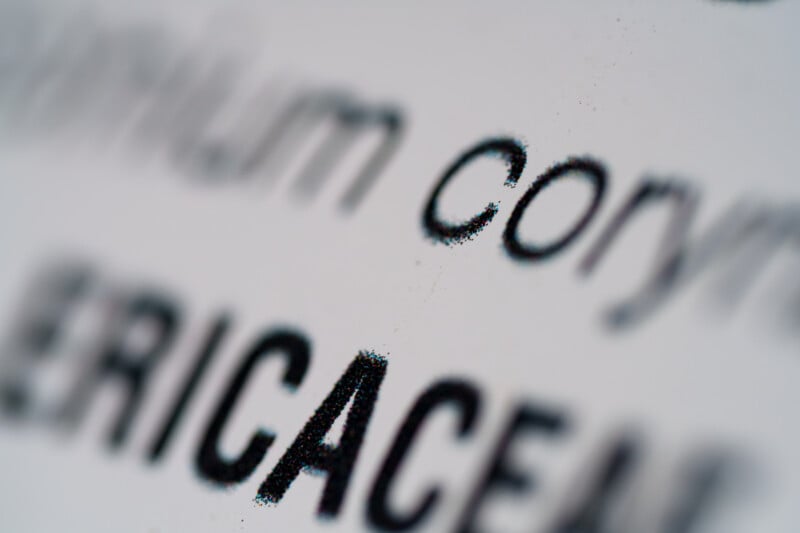
![]()
![]()
Bokeh is quite beautiful on this new G Master lens, with clean specular highlights that are free of onion rings. Messy-looking highlights were an issue on the 90mm Macro, but this new lens exhibits smooth-looking backgrounds, and the highlights have a more rounded appearance. This all contributes to rather soft transitions of focus and an overall pleasant appearance to out-of-focus areas.
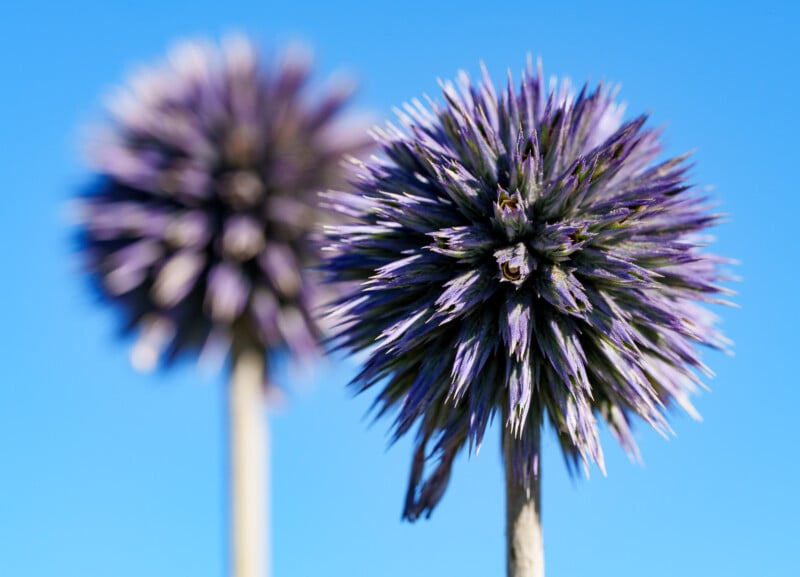
![]()
![]()
Sharpness is awesome, just as it was on the 90mm. The center sharpness at f/2.8 has plenty of contrast and detail, with a small, but noticeable improvement as you stop the lens down. Corners are quite good at f/2.8 as well, with a little bit of vignetting showing. This all cleans up when the lens is stopped down a bit, and in most macro situations, a tighter aperture will be used anyway. Regardless, I found this lens sharp anywhere I used it, even at f/2.8.
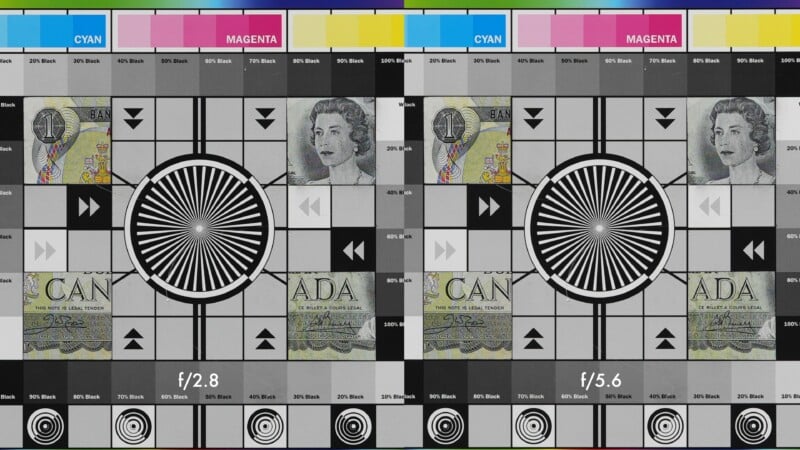
![]()
![]()
I do appreciate that the image stabilization of the lens works in conjunction with modern Sony bodies that use in-body image stabilization (IBIS). I specifically wanted to test the lens in the field without using a tripod, and found the whole platform very easy to shoot with and very stable in general. Autofocusing is now driven by a powerful XD linear motor, and I found the results very quick when shooting at a distance. I will say that in macro situations, as good as the new focusing speed is, the whole package still struggles to maintain tracking focus at close ranges.
![]()
![]()
Given just how precise macro photography needs to be, I still resorted to acquiring focus automatically and then fine-tuning it with a quick turn of the manual focus ring. You can set a switch to allow for Sony’s Dynamic Manual Focus override, which works great, but I really enjoyed clicking the manual focus ring clutch in and adjusting that way. Insect tracking worked well as always, but when at the maximum focusing magnification, it still struggled to put the point of focus where I wanted it.
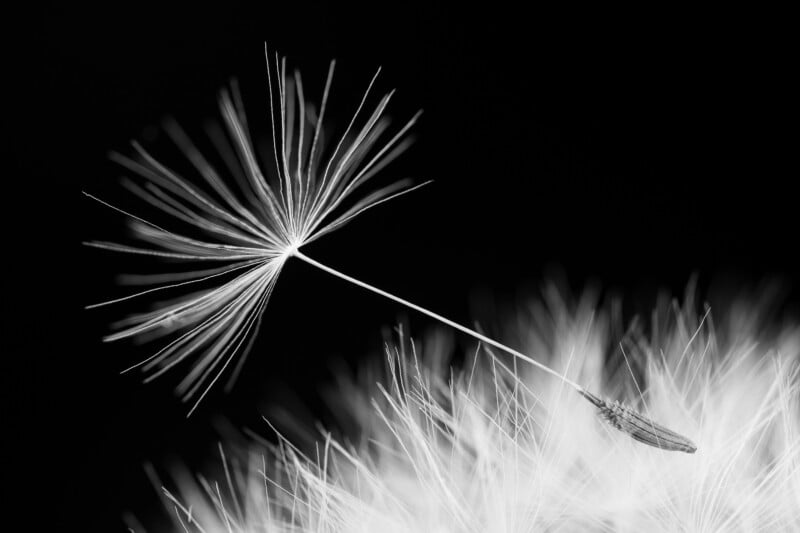
![]()
It’s probably time to talk now about the big change to the 100mm lens: it can now go beyond 1:1 life-size reproduction and instead deliver a 1.4x magnification factor. This is similar to the Canon 100mm Macro RF lens but with one major advantage: the Sony can also fit teleconverters, and with the 2x converter that I used, the lens can push to a 2.8x magnification ratio. Having this level of magnification is very powerful, and it still supports full autofocusing, albeit with some loss of light.
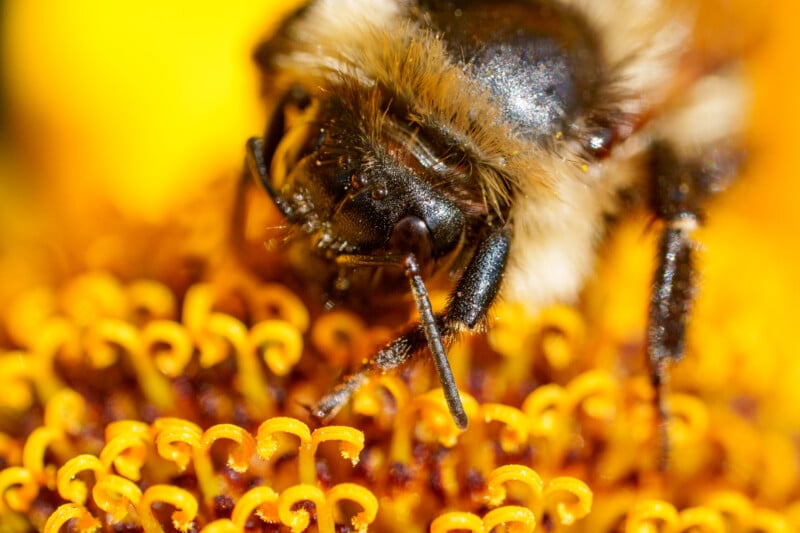
![]()
I really enjoyed this extra level of close-up capability when shooting in controlled studio situations. The teleconverter is going to be an extra cost added to the whole equation, but I found the extra range very appealing. Remember that this also makes the 100mm Macro into a 200mm telephoto for shallow depth of field portraits and some action photography.
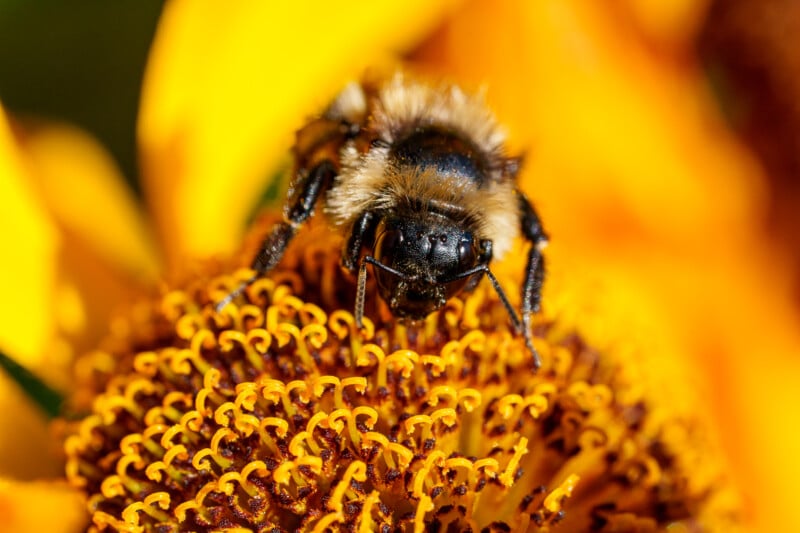
The lens exhibits a little bit of focus breathing, which does cause a slight amount of cropping to be required when stacking multiple frames. However, I found the loss to be pretty minor, and I feel that this macro lens will be excellent for even the most demanding close-up situations. The Sony 100mm Macro G-Master really does seem to be a feature-rich, professional lens, which provides a high level of capability to go with its higher $1,500 cost.
![]()
The bottom line is that the 100mm gives you the versatility of a sharp portrait lens with beautiful bokeh and fast focusing, as well as a macro lens capable of pushing well beyond the classic 1:1 macro range. Given its ability to use teleconverters, this lens could be excellent for some wedding and event work as well, where the occasional close-up shot can be appealing to tell more of the story.
![]()
I’m sure that skilled and dedicated macro photographers will find the extra magnification appealing, although the modern benefits of fast focusing will not be a big selling feature to those who like to take their time setting up the shot. Videographers will really enjoy this lens as a workhorse detail and close-up lens, especially favoring the manual focus clutch and smooth-turning aperture ring. This lens has something for everybody.
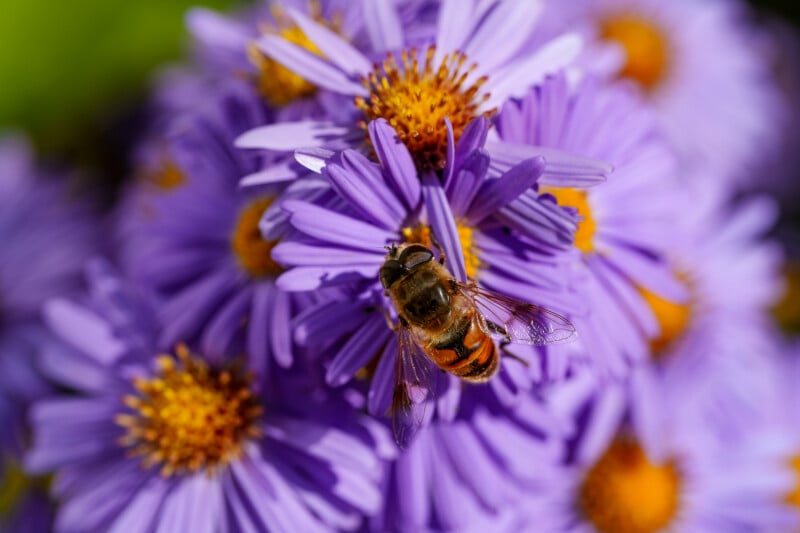
Are There Alternatives?
The original 90mm Macro still has plenty of appeal to those who don’t need faster focusing or extra magnification. However, the price still sits around $1,200, which makes the new lens appealing. If you want to really save money, the Tamron 90mm f/2.8 Macro is an awesome lens and sits at half the price.
Should You Buy It?
Yes. This new macro gives E-mount users a versatile and capable lens that can push-in further than most optics dare.